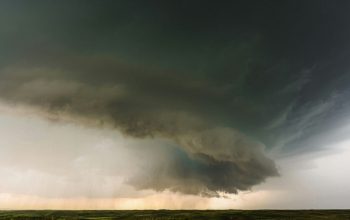Last week, The Wright County Conservation staff worked on cleaning wood duck nesting boxes that are placed around our wildlife areas.
These beautiful birds once faced the risk of extinction during the late 19th century and early 20th century due to overhunting and loss of habitat. However, with conservation efforts, the Wood Duck population i

s increasing and is considered one of the most widespread nesting duck species in Iowa.
During the spring around March, Wood Ducks begin returning to Iowa to start nesting. Wood ducks exhibit a pretty unique nesting behavior. Now, most species of ducks lay their eggs in depressions on the ground, which allows them easy escape from predators and an easy transition for ducklings who are ready to leave their nest. Wood ducks, instead, lay their eggs in cavities of trees. They are unable to create their own cavities, so they usually find an abandoned cavity or a hole in the tree where a branch broke off. Sometimes these cavities can be 60 feet high!
Being in an enclosed space while nesting means that if a predator ventures into the cavity, it is much harder for the wood duck hen to escape; leading wood ducks to have some of the highest mortality rates out of all of our duck species in Iowa. Wood duck chicks leave the nest only 24 hours after hatching! They do this by jumping out of the nest and falling to the ground. Yes, their nest can be up to 60 feet from the ground, but luckily since they are so light they don’t get harmed. Chicks will stay on the ground with their mother until they are about 5-6 weeks old and forage for their own food. Once they reach about 8-9 weeks old they will be able to fly. Around early fall, Wood Ducks will migrate south to warmer weather.
Staff found wood duck eggs in nearly all of the boxes so they are being well used! Sometimes multiple wood duck hens will lay eggs in the same nest, known as dumping, and could result in over 20 eggs in the same nest. These eggs are not incubated, and they often do this either because there is a threat of predators or there are not enough available nesting sites. Staff did find evidence of this interesting behavior in some of the nest boxes.
If you are a landowner with possible wood duck habitat and are interested in building wood duck-specific nesting boxes, check out this publication from ISU: Woodworking for Wildlife – Wood Duck Box (ISU How to Build a Wood Duck Box). The NRCS may also be able to provide financial assistance to building costs, contact your local agency.


